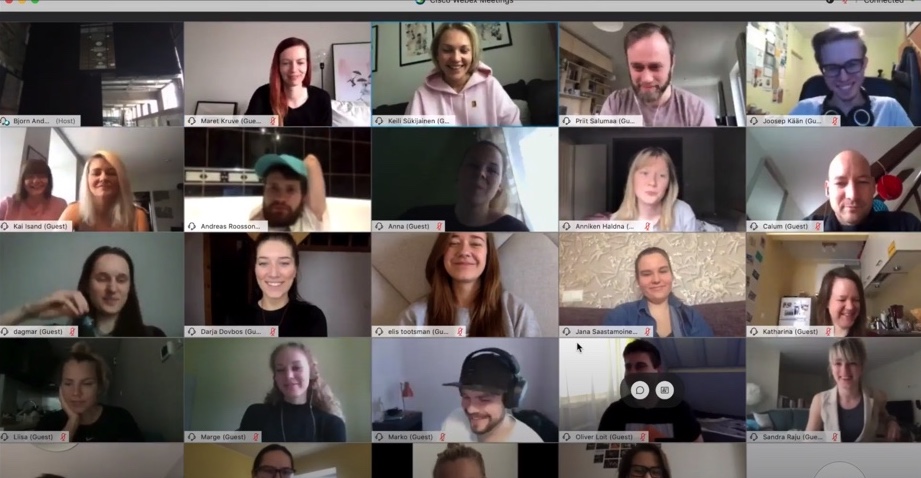Today’s technology has uniquely positioned us all to quickly learn about and respond to the COVID-19 pandemic. Throughout this crisis, technology has become the connective tissue of our physically distant lives, from video call platforms to new tech ideas. Around the world and in our homes, we are turning to technological innovators to build resilience. If social isolation is a side effect of this crisis, technology is its medicine.
In mid-March, immediately after an emergency situation was declared in Estonia in response to COVID-19, the public and private sector organized a two-day online hackathon—aptly called ‘Hack the Crisis.’ Estonia’s rapid response through technology has transformed into a movement that has spread to over 40 countries and reached more than 100,000 participants, and evolved into what is now called ‘The Global Hack.’ This small but mighty community-driven initiative is now reaching and helping populations across continents in Italy, Latvia, India, Belgium, Brazil, Switzerland, Turkey, Norway, Afghanistan, Kosovo, Madagascar, Benin and Georgia – and the list is growing. Teams of innovators, designers, and developers are coming together online to find solutions to the growing number of challenges the world is facing against the pandemic.
Among the innovative solutions proposed at Estonia’s ‘Hack the Crisis’ were: a tracker map that provides data about the spread of the virus; the chatbot Suve—an artificial intelligence mechanism that connects people with reliable sources of COVID-19-related information, and a data base of medically trained volunteers who were willing to help. Latvia, then Poland, followed Estonia’s lead. At the Polish version of the event, the government awarded cash prizes for the most effective tech solutions. Top prize went to “Mama teraz pracuje” – a platform that connects tele-working parents with recently unemployed artists, entertainers and musicians.

For Mitch Sinclair, a Hackathon mentor and Design Director at IDEO, The Global Hack represents “a world without borders. It’s a world that is coming together right now in fundamentally new ways. It’s governments working hand-in-hand, global organizations working side by side, it’s coders and hackers and startups, designers, moms, activists — the entire world is rallying and working together.”
There are countless examples of communities building resilience through the use of technology by connecting resources and ideas, innovators and volunteers, and those most at-risk with those offering help. As New York City stay-at-home orders pulled the curtain down on Broadway and thrust artists into unemployment, the organization Broadway Babysitters, a childcare network that employs the city’s artists, actors, and dancers, quickly shifted their services to bring Broadway stars to our living rooms.
In the five days following the closure, co-founders Vasthy Mompoint and Jennifer Malenke worked nonstop to find a way for their organization to respond.
“We found that what people needed most was joy. Through song and dance, that is what we could bring to parents and kids.”
Now, the Broadway Babysitters Playhouse is running virtual dance parties and story time for children, featuring names like Michael Potts (The Prom, Book of Mormon), choreographer Dominique Kelley, and Tony award nominee Ephraim Sykes. The team recognized that financially, times are tough for so many parents, so for a suggested donation of $10, parents can sign their kids up, while middle school students can quiz Broadway’s best about what it’s really like to audition, and nursing homes can perk up their residents with virtual Broadway singalongs.
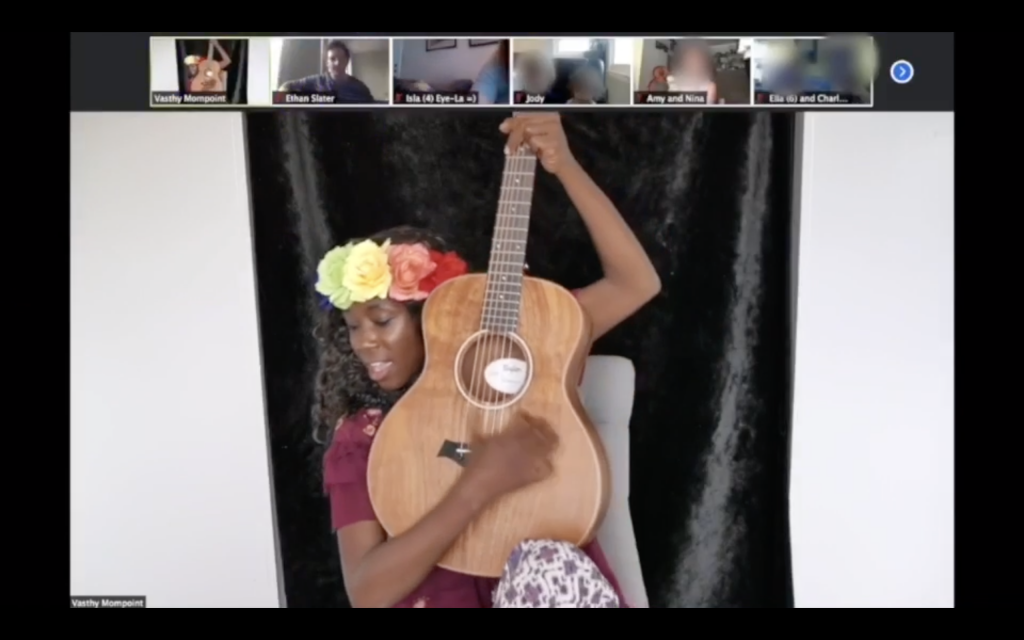
Through Zoom, Mompoint personally hosts every session, giving kids a familiar face to welcome into their homes. At the end, the microphones of all the students are unmuted and the performing artists hear a chorus of ‘thank yous’ ending each session in gratitude. The company is building a sense of community for their students by asking kids to bring props to share and by supplying the same Zoom background to parents to use to, “bring children into the same virtual world.”
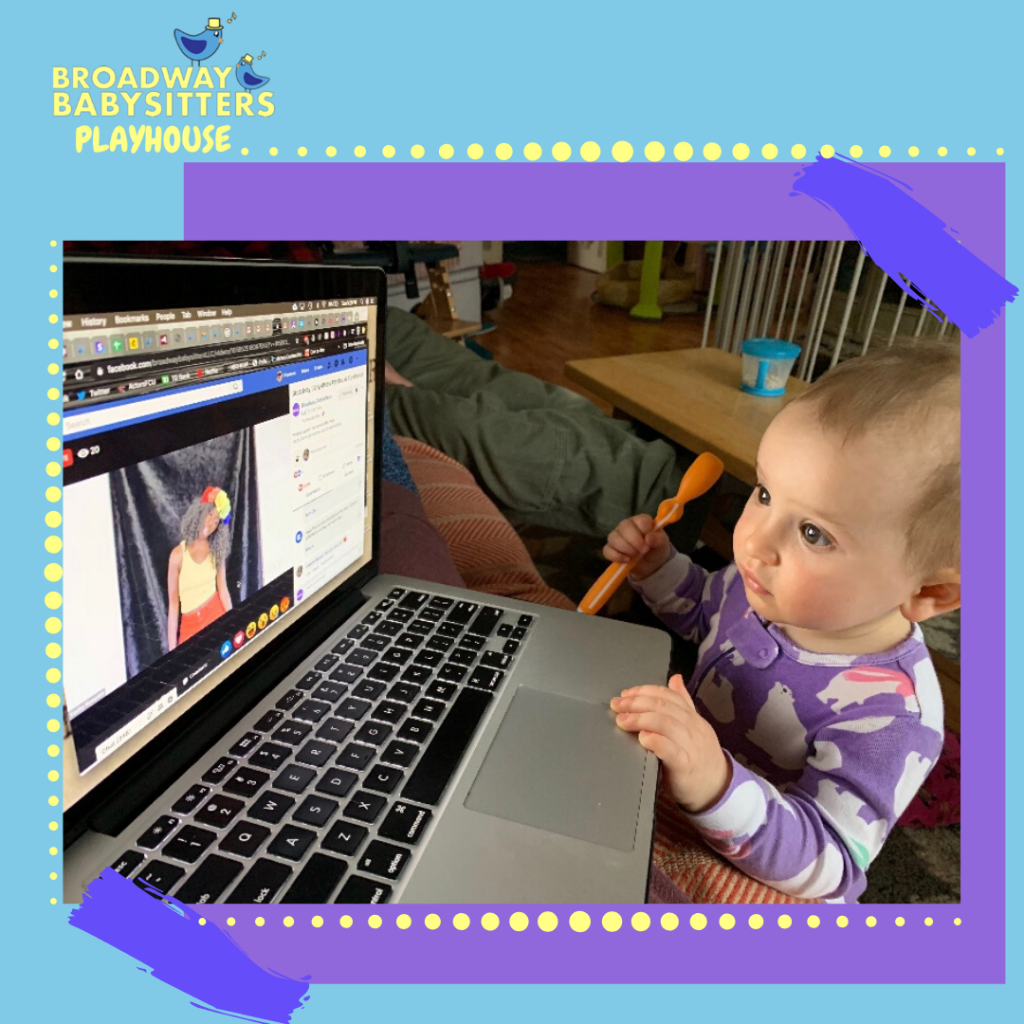
Technology as a community connector has mobilized entire neighborhoods of UK citizens to build a national network of ‘mutual aid’ groups. Covid-19 Mutual Aid UK is “offering people in self-isolation help with shopping, dog walking and picking up prescriptions.” In just over a month, the network has grown from about 200 groups to thousands, empowering neighbors all over the country to help their communities. The network’s website offers tools and resources for individuals looking to organize a group in their community and provides a platform for people to find help in their town or on their block. Using Facebook and WhatsApp, volunteers are connecting to each other and those who need help in isolation.
“That’s why we set this network up – because we want to make sure that no one in our communities is being left to face this crisis alone, and because we want to try and redress some of the serious inequalities this outbreak will expose.”
By finding these groups on social platforms, people are able to answer the call for help from their neighbors. In Miami, a similar network was created by two local women ready to respond to the crisis. The WhatsApp “coronavirus buddy system connects at-risk people with volunteers in their neighborhood who can run errands, pick up groceries and medicine in order to limit their exposure to the virus. The short-term goals of these informal community projects are to meet an urgent need, but their long-term effect has been to help build community.
This pandemic may have shut down borders and closed the doors of public places and community centers around the world, but technology has helped to keep them open. People may be physically isolated through stay-at-home orders and community lockdowns, but they are finding solace and solutions in the growing virtual world. We may be socially distanced, but through the power of tech, we are also more connected than ever.
This is a project from the Atlantic Council’s Adrienne Arsht-Rockefeller Foundation Resilience Center and the Digital Forensic Research Lab.
Share your #ResilienceStories and videos with us at resilience@atlanticcouncil.org and join us in sharing on social media: @atlanticcouncil, @ArshtRock, @DFRLab.
Subscribe to Stories of Resilience
Subscribe here for weekly stories, which will bring inspiration, optimism and solutions centered around people and our shared human experience in times of pandemics, migration, disasters and a changing climate.
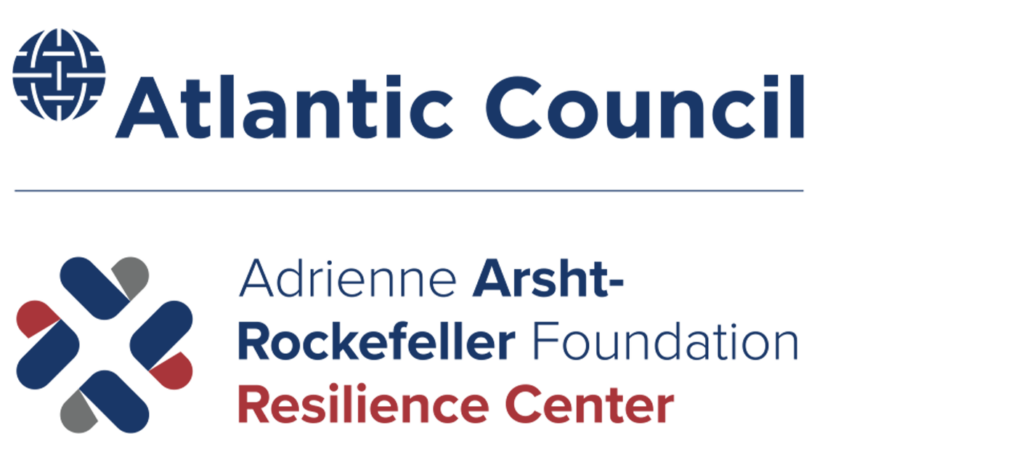
The Adrienne Arsht-Rockefeller Foundation Resilience Center will reach one billion people with resilience solutions to climate change, migration, and security challenges by 2030. We will focus our efforts on individuals, communities, and a broad spectrum of governments and institutions to help them, and their constituencies and stakeholders, better prepare for, navigate, and recover from shocks and stresses. We will help build a more resilient world.
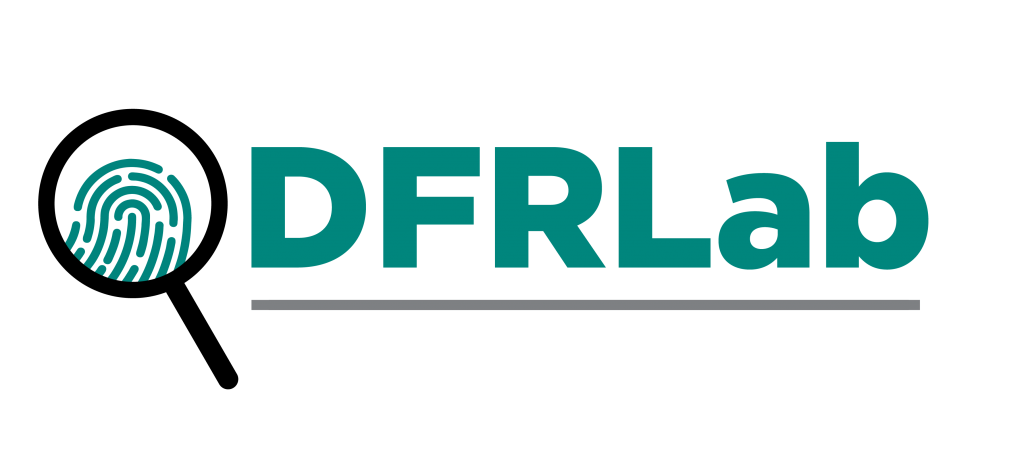
The Atlantic Council’s Digital Forensic Research Lab (DFRLab) has operationalized the study of disinformation by exposing falsehoods and fake news, documenting human rights abuses, and building digital resilience worldwide.
Image: Courtesy of The Global Hack
